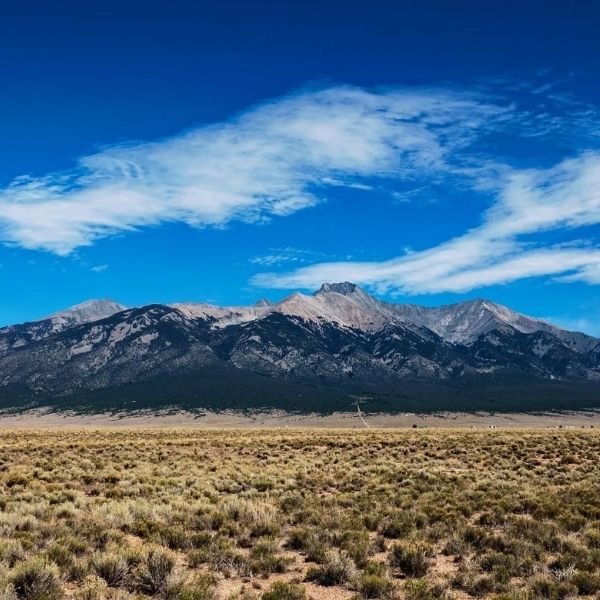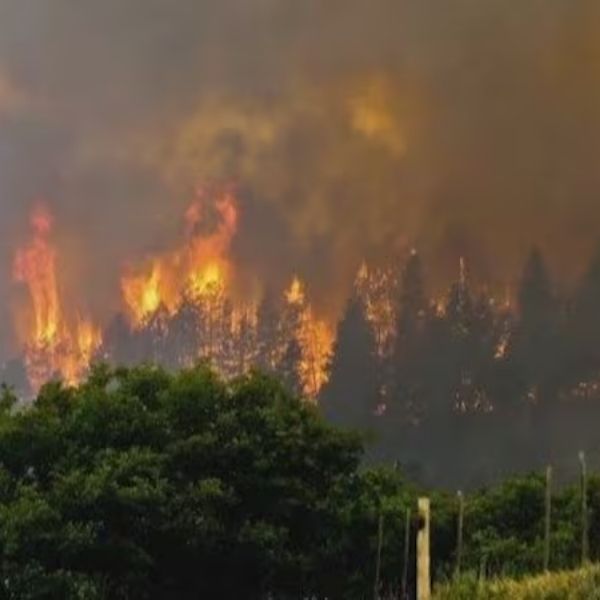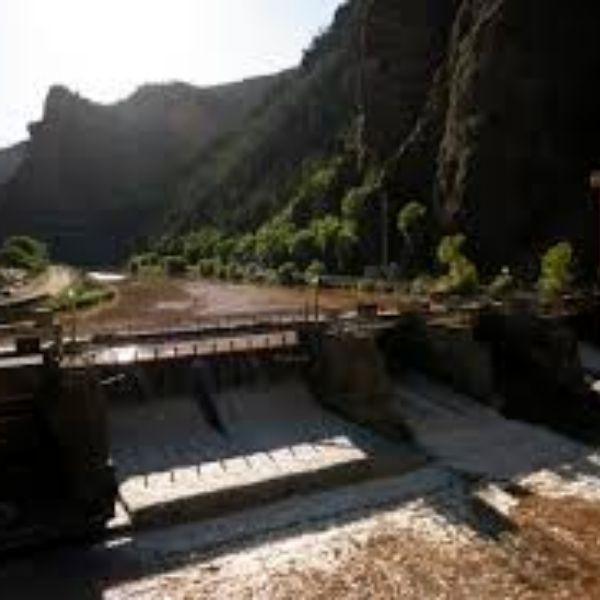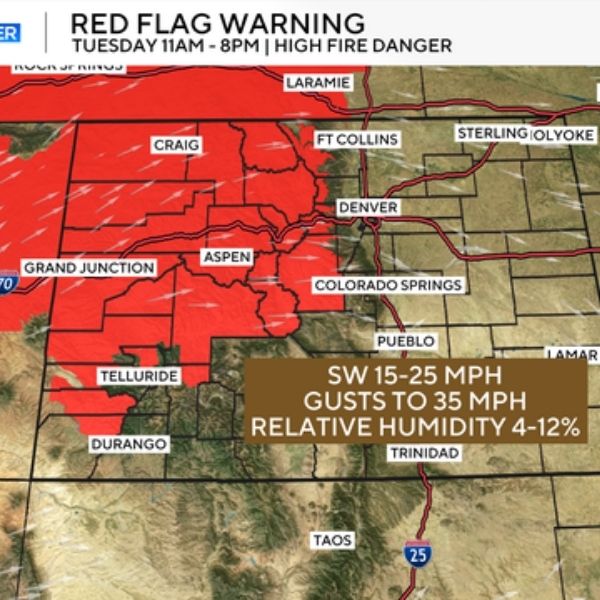At 122 miles long and 74 miles wide, Colorado’s San Luis Valley holds the title of the world’s largest alpine valley. Covering around 8,000 square miles, this massive basin sits at an average elevation of 7,664 feet — more than a mile above sea level.
Formed about 26 million years ago, the valley was once a vast lake that drained several hundred thousand years ago through the Rio Grande River. Today, it’s known for its fascinating mix of geography, wildlife, and mystery.
Among its highlights is the Great Sand Dunes National Park, home to the tallest dunes in North America. Visitors can also check out an unexpected attraction — a large alligator rescue. And for those drawn to the unexplained, the valley is known for frequent UFO sightings, making the UFO Watchtower a quirky and fitting local landmark.
Surrounding the valley are the towering peaks of the Sangre de Cristo Mountains, some soaring above 14,000 feet. These rugged giants add to the valley’s breathtaking landscape and outdoor appeal.
If you’re planning a visit, towns like Alamosa and Del Norte offer great starting points. Camping is plentiful during the warmer months, but be ready for cold, windy winters if you’re venturing out in the off-season.
This article has been carefully fact-checked by our editorial team to ensure accuracy and eliminate any misleading information. We are committed to maintaining the highest standards of integrity in our content.

Katie is a senior who has been on staff for three years. Her favorite type of stories to write is reviews and features. Katie’s favorite ice cream flavor is strawberry.















Leave a Reply